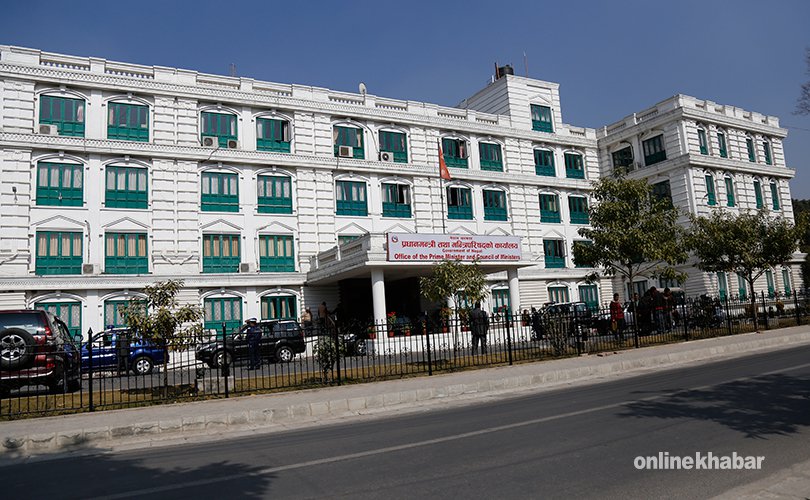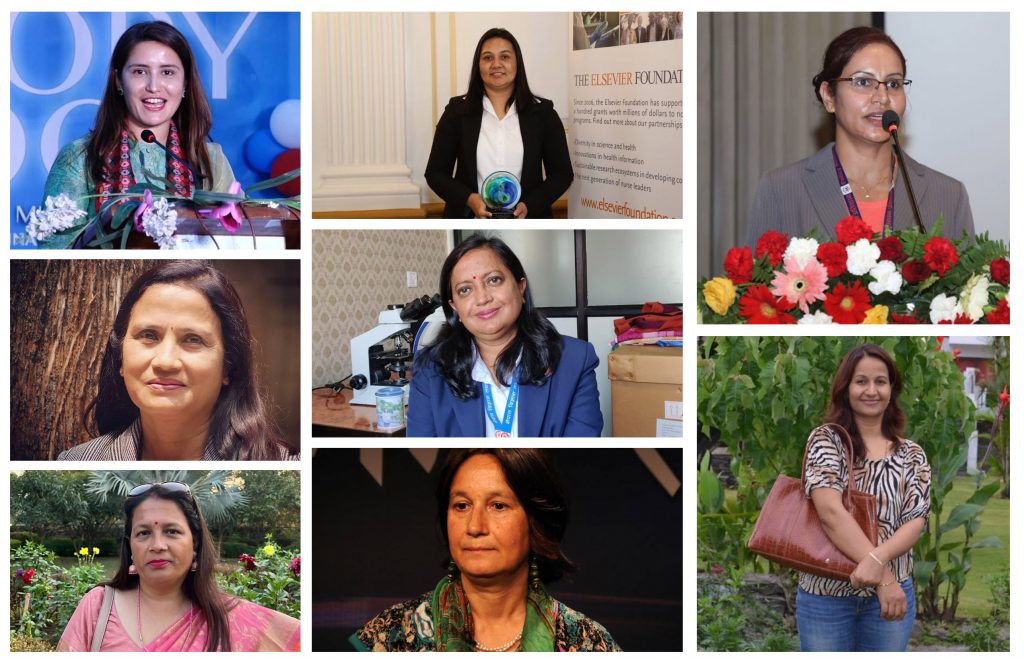
Filling out a national identity form should have been simple, but it turned into a bureaucratic marathon. The sheer amount of information required was overwhelming. Names of my grandparents? They have been gone so long, I would need to dig through family trunks or ask a neighbor who likely knows our family history better than we do. Thankfully, as a man, I did not need to provide a marriage certificate—a step apparently mandatory for women. By the end, I half-expected them to ask for my favorite dal recipe or the weight of the last rice bag I bought.
Submitting the form was another ordeal. I wandered from office to office, asking guards, staff, and even strangers for guidance. It felt like searching for a mythical treasure. In the end, I had to call in favors just to move things along. Without the card, my travel plans would have been limited to roadside chai stalls and hilltop visits.
This experience highlights the inefficiencies in governance systems that frustrate citizens daily. While this process felt unnecessarily complex for me, it’s far worse for those without resources or connections. Nepal’s unique digital identity system exemplifies these challenges. Yet, it also serves as the foundation for eGovernance—a system designed to enable seamless interaction between citizens and state services. For this cornerstone to succeed, the unique digital identity must address issues of accessibility, inclusivity, and efficiency.
By drawing from global examples like India’s Aadhaar, we can explore how Nepal’s unique digital identity can adopt strategies tailored to its unique needs. Aadhaar offers valuable lessons, particularly in contexts where subsidies, payments, and citizen services are key governance priorities. For instance:
- Financial Inclusion: Aadhaar facilitated direct benefit transfers, linking subsidies and pensions to digital identities.
- Emergency Response: During crises like Covid-19, Aadhaar enabled efficient disbursement of financial aid to millions.
- Scalability: The system integrated with various services, ensuring adaptability over time.
Nepal can adapt these principles to create a system that aligns with its specific challenges and aspirations.
Less is more
One of the first steps toward improving governance systems is simplifying them. My experience with the overly complex identity form highlights how unnecessary details can create barriers for citizens. Nepal’s unique digital identity system would greatly benefit from adopting a “less is more” approach, focusing only on the essential information required to establish identity.
In the past, proving your identity required an extensive set of data fields to establish who you were. Tracing your ancestry through layers of documentation—your father, grandfather, and sometimes even great-grandfather—was standard practice. This process existed because there were no digital systems or sophisticated mechanisms to instantly verify identities. However, with today’s biometric technology, these cumbersome layers of data are no longer necessary. A fingerprint or an iris scan can verify your identity in seconds, making such redundant systems a thing of the past.
Yet, outdated methods persist. It’s like having a jet but insisting on towing it with a bullock cart, just in case.”
India’s Aadhaar system offers a strong example of moving away from this inefficiency. During its early rollout, Aadhaar required extensive documentation, including one’s father’s name. This requirement proved challenging for some, especially in rural areas where paternal lineage might not always be known. In a particularly humorous yet telling anecdote, people in some regions reportedly hired “fathers for a day” just to complete the forms. Can you imagine introducing your temporary dad? “This is Ramesh Uncle, my father for the day. Please do not ask too many questions; he charges by the hour.”
While this might make you chuckle, it also underscores how rigid systems can lead to absurd outcomes and, more critically, exclude marginalized groups. Recognizing this, Aadhaar evolved to accept alternative proofs of identity, such as certificates from local officials or village heads. Simplifying documentation requirements enabled broader enrollment and reduced the burden on marginalized groups.
Aadhaar’s adaptability shows how governance systems can evolve to meet citizens’ needs rather than force them to conform to outdated methods. By adopting similar flexibility, Nepal’s NID could become an enabler rather than a barrier, making essential services accessible and the system efficient for all.
Inclusive in geography, internet, and disability
If navigating digital processes in Kathmandu posed challenges for me, imagine the plight of a woman in a remote village in Jumla. There, internet connectivity is sparse, access to devices is limited, and digital literacy is almost non-existent. How do we ensure her inclusion in a digital governance system?
Inclusive eGovernance does not mean everyone needs a smartphone. Too often, digital inclusion is equated with smartphone access, as if owning a device automatically translates to participating in governance. This mindset risks excluding those without resources or digital literacy. Instead, systems should be designed to accommodate everyone, regardless of their access to technology. Governance must guide technology, ensuring it meets citizens’ needs where they are, emphasizing flexibility and accessibility.
Global examples, like India’s Aadhaar program, tackled similar challenges by deploying enrollment centers and mobile units in remote areas. These efforts ensured access for underserved populations, particularly in regions with limited connectivity. For Nepal, where mountainous terrain and scattered settlements pose distinct challenges, the solution must balance accessibility with local realities.
Nepal’s unique digital identity system can adopt similar outreach programs to ensure no one is excluded. Key strategies include:
- Mobile Enrollment Units: Bringing services directly to remote communities.
- Offline Verification Mechanisms: Designing systems that function without constant internet access.
- Support for Marginalized Groups: Offering tailored assistance for people with disabilities and those lacking digital literacy.
Imagine a woman from a remote village explaining her struggle: “They wanted my fingerprints, but these hands have carried firewood and tilled fields for years. My prints are long gone—what else do I have to offer?” Anecdotes like this highlight the importance of systems that are empathetic and adaptable to real-world challenges. By prioritizing inclusivity, Nepal can create an NID system that genuinely serves all citizens.
Governance and policies evolve over time, and so must the technology that supports them. Traditional tendering methods and vendor-driven technology often lack the flexibility needed for such evolution. Instead, scalable, homegrown, and open-source solutions should be prioritized. These solutions allow for adaptability while safeguarding privacy, governance, and scalability. By aligning technology with governance goals, Nepal can ensure that inclusivity is not just a goal but a built-in feature of its NID system.
Scaling with digital identities
Historically, citizenship records in Nepal were stored in large physical files, and identity cards were merely a reflection of these records. Today, the unique digital identity has the potential to evolve into a dynamic foundation for eGovernance, addressing the limitations of printed cards that restrict scalability and flexibility. Transitioning to a robust digital identity system can unlock its potential as a cornerstone of modern governance, delivering efficiency, accessibility, and inclusivity.
Global examples like India’s Aadhaar system illustrate how prioritizing digital identities over physical cards can streamline services. By linking biometric and demographic data to a centralized digital system, Aadhaar transformed governance, reducing redundancies and improving service delivery. This model demonstrates how a single source of truth for identity can create trust and convenience in accessing public services.
One standout feature of Aadhaar is its integration with financial services. Linking Aadhaar numbers to bank accounts enabled millions in India to access subsidies, pensions, and other financial benefits directly. This not only improved efficiency but also reduced corruption by eliminating intermediaries. Similarly, Nepal’s unique digital identity could empower citizens, such as enabling a woman in Jumla to open a bank account or access subsidies without the need for consistent internet connectivity.
Scaling governance effectively requires adopting an entrepreneurial mindset—thinking like an enterprise focused on serving the masses. eGovernance must simplify access, build trust, and identify strong anchors for large-scale participation. Key strategies include:
- Payments Integration: Tying digital identities to subsidies, pensions, or energy payments.
- Community-Based Outreach: Leveraging local networks to expand adoption.
- Scalable Solutions: Designing systems that grow with citizen needs.
Digital tools like DigiLocker and DigiYatra in India exemplify how targeted innovations enhance service delivery and foster citizen trust. DigiLocker simplified document management by creating a secure digital repository, eliminating reliance on physical copies. DigiYatra streamlined air travel through seamless digital verification, reducing bottlenecks and enhancing the passenger experience. These tools showcase how integrated digital identities can create ecosystems of trust, efficiency, and participation.
Additionally, these examples highlight the inadequacy of private digital identities for government services. While platforms like Google or Facebook provide digital accounts suitable for booking a ride or accessing social media, they lack the verification and trust necessary for critical services like flying or receiving subsidies. This gap underscores the indispensable role of government-backed digital identities in delivering secure, seamless governance.
By fostering trust and enabling convenience, tools like DigiLocker and DigiYatra encouraged greater citizen participation and engagement. They also created ecosystems for entrepreneurship by integrating private-sector players into public service delivery. Nepal can adopt similar tools tailored to its unique needs to enhance trust, improve service delivery, and accelerate eGovernance adoption.
In socio-economic contexts similar to Nepal, unique digital identities have been instrumental in facilitating direct benefit transfers (DBTs), opening bank accounts, and streamlining government-to-person (G2P) payments. These use cases proved critical during emergencies, such as the COVID-19 pandemic, enabling efficient disbursement of financial aid. Linking Nepal’s digital identity system to services like energy subsidies or educational aid could significantly enhance its governance framework and citizen impact.
By focusing on scalability and interoperability, Nepal can ensure its unique digital identity system evolves alongside technological advancements, serving as a resilient and inclusive foundation for modern governance.
Conclusion
Nepal’s NID system holds immense potential to transform governance and service delivery, but realizing this potential requires a shift in focus. By simplifying processes, addressing inclusivity gaps, and building scalable digital identities, we can create a system that empowers citizens rather than alienating them.
Governance and policies are not static; they evolve over time to meet new challenges and opportunities. Technology must evolve alongside them, adapting to the changing needs of governance rather than dictating its terms. Traditional methods of tendering and vendor-based technology supply often fall short in meeting these dynamic requirements. Instead, Nepal should focus on creating scalable, homegrown, and open-source solutions that prioritize privacy, governance, and scalability.
Nepal’s unique context demands a system tailored to its people and geography. Drawing on global lessons but grounding solutions in local realities will ensure the NID becomes a transformative tool. Imagine a future where a farmer in Jumla seamlessly receives subsidies through her digital identity, or a student in Kathmandu accesses scholarships without navigating layers of bureaucracy. These are not distant possibilities but achievable goals with the right approach.
By adopting innovative, citizen-focused strategies, Nepal’s NID can become the backbone of inclusive governance, ensuring no one is left behind. The time to act is now, to lay the foundation for a resilient, adaptable, and inclusive digital identity system that empowers every citizen.




















